Our five-day trip to Kaziranga (by Nature India) had a day set aside for Hoolongappar Gibbon sanctuary. With so much being written and spoken about Kaziranga, the wildlife sanctuary remained the hero and we didn’t care too much about the Gibbon sanctuary near Jorhat, Assam. So very unlike of us, we didn’t do much research or reading on the Gibbon sanctuary.
But nature has its own way of throwing surprises. ‘Pleasant’ is not the adjective. Enticing. Fascinating. Exciting. Surprising.
What was originally a part of the vast forest ranges in the north east state of Assam and extending till Nagaland, the Hoolongappar Gibbon sanctuary is now actually a patch of 25 sq km surrounded by tea gardens and small villages. After the initial conversion of forestland for agriculture, sometime in the early 1990s, re-afforestation has made this small patch rich in biodiversity. With its varied flora and fauna, the Gibbon sanctuary revealed many pleasant surprises as we explored the forest by foot. What captured our immediate attention was the very tall trees and thick vegetation similar to rainforests.
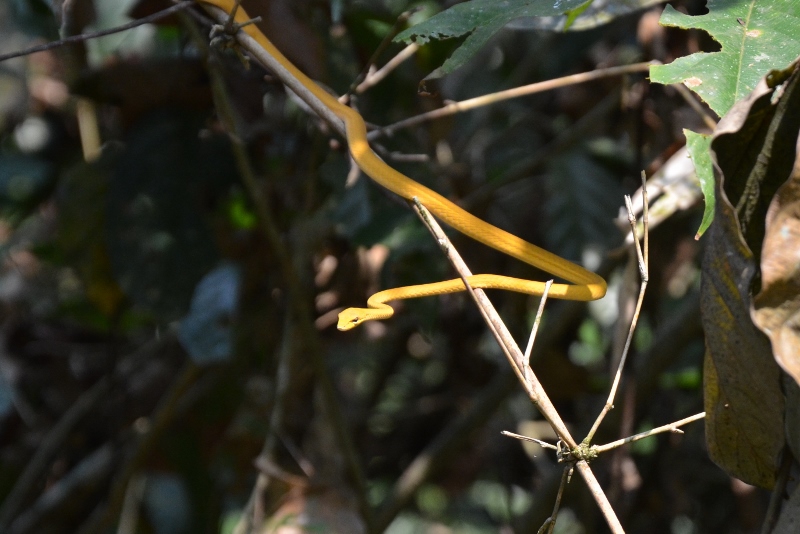
Named after one of its unique residents, the Hollock Gibbon—the only ape in India, this sanctuary is the only place in Asia where all the seven types of primates are found—the Slow Loris, Stumptailed Macaque, Assamese Macaque, Rhesus Macaque, Pigtailed Macaque, Capped Langur, and the Hollock Gibbon.

Armed guards accompanied us in the sanctuary along with our guide Deben Bora. Deben grew up in the village around the sanctuary and has been living there for over 50 years. A completely self-taught man, he considers the forest as his heart and soul and knows pretty much everything about the forest. Deben is so passionate about his job that he knows the exact location of a particular family of gibbons, the time they start feeding, and even the time they start calling. With all his expertise, he is so unassuming and humble.


Apart from its primates, this forest is home to many beautiful birds and butterflies. The beautiful and graceful butterflies flitted from flower to flower, and there we were, excitedly chasing them to capture their beauty on our cameras.



As we came back after enjoying an exciting feast to our eyes, a sumptuous vegetarian lunch with local flavours prepared by the cook in the forest office, was awaiting us.
Hoolongappar Gibbon Sanctuary is in Jorhat, Assam. The Jorhat town is about 25 kilometers from the sanctuary. Jorhat has a few hotels. The trip was organized by Nature India who offers meticulously planned and executed trips to explore the wild India.




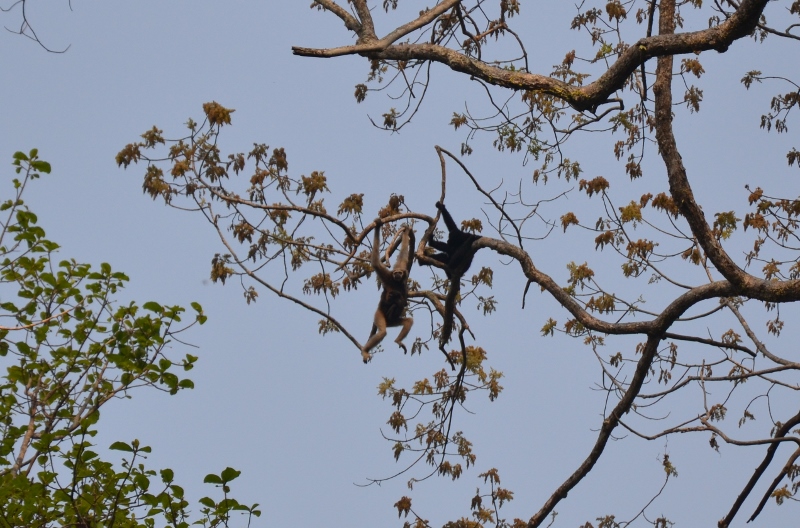


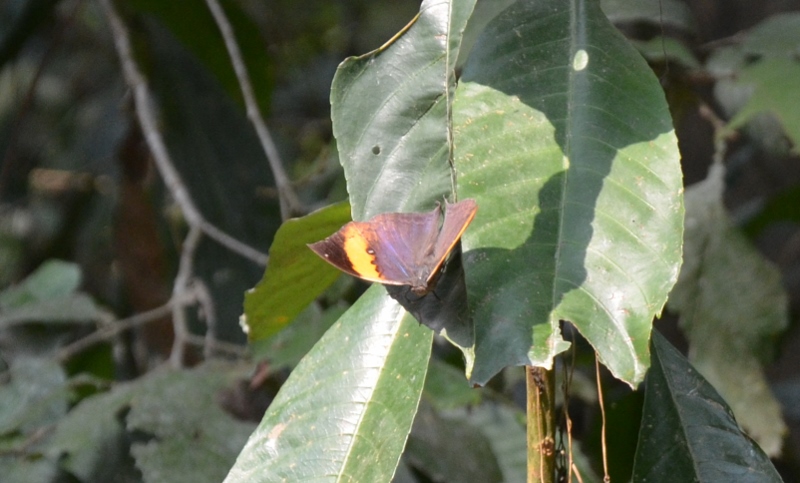

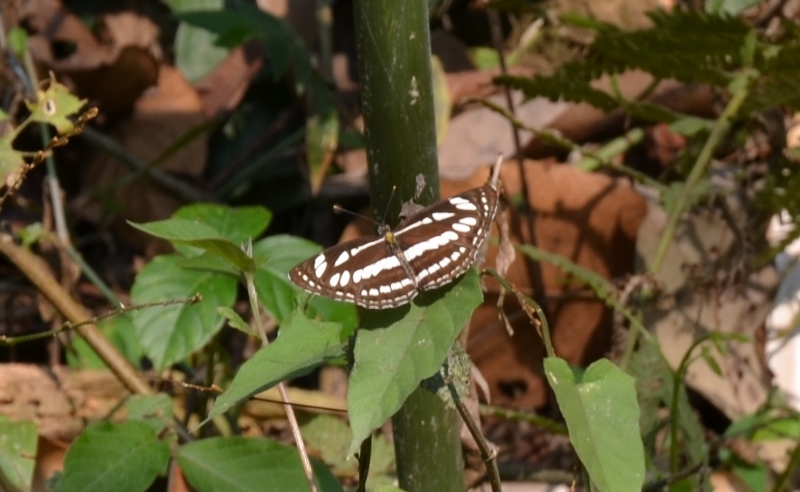







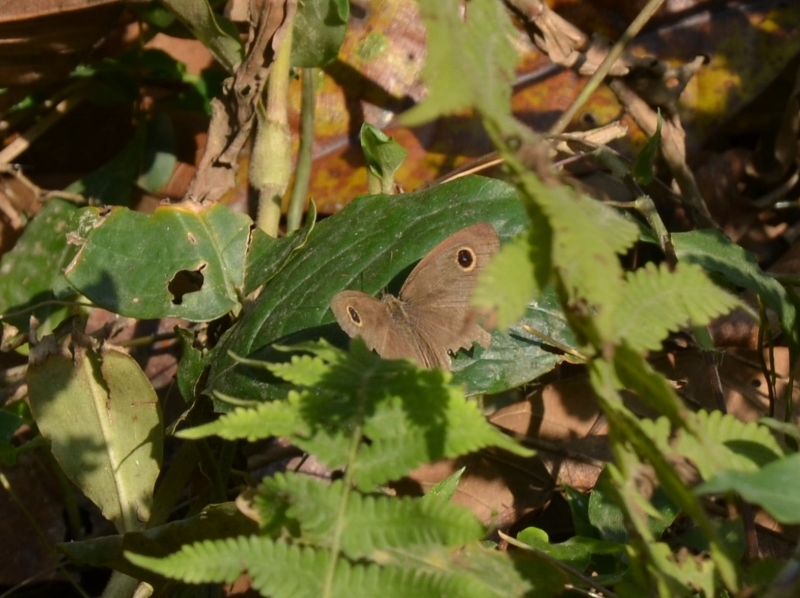


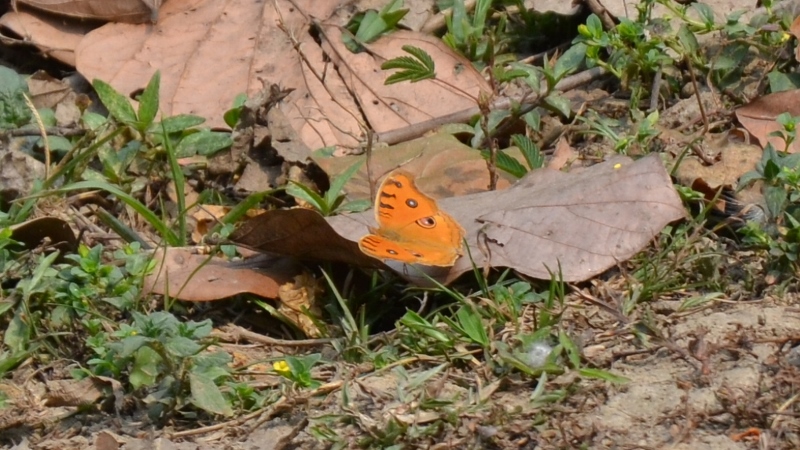

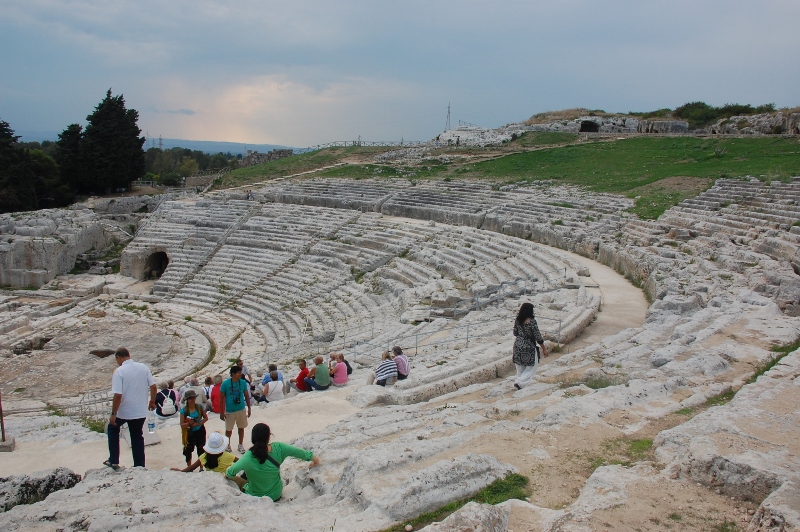


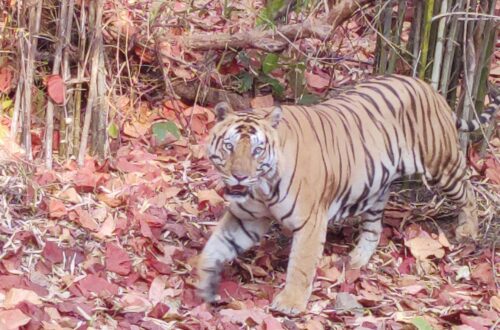

Nature at its best. Photographs are quite beautiful.
One thing I would like to say that this blog is really very neat and uncluttered unlike other blogs and thus light and easy to explore.
I like this post.
Beautiful captures from the wild!
Thanks, Niranjan. 🙂